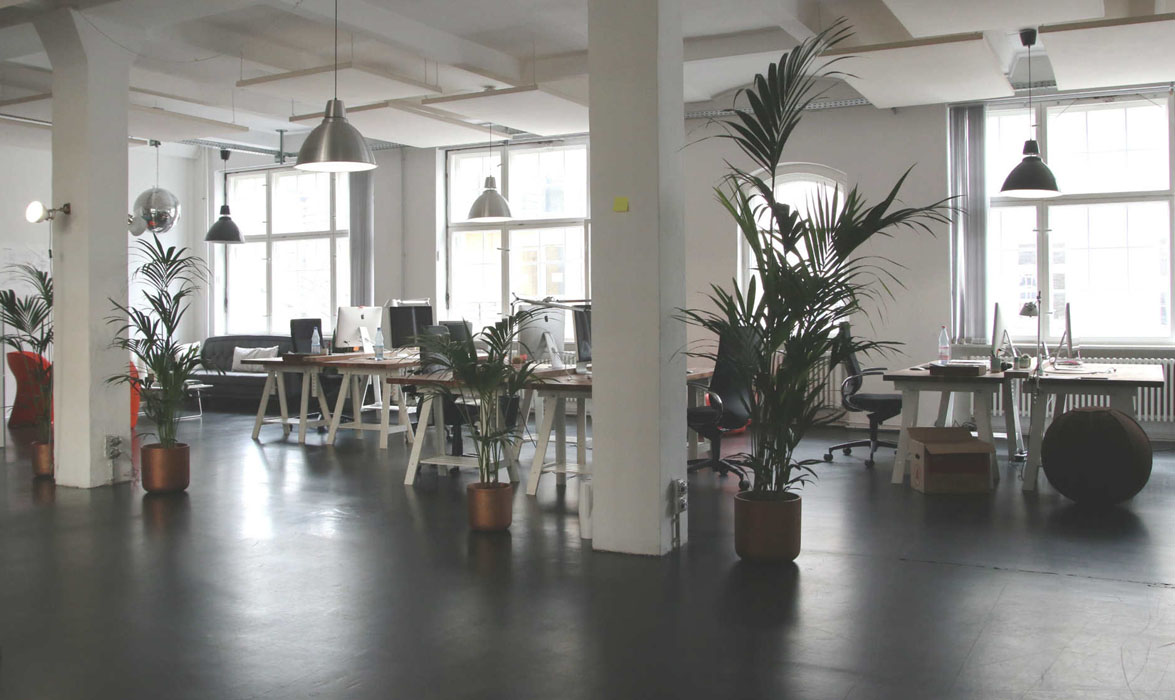
People are spending more of their working lives indoors than ever before. To mark Clean Air Day on 20th June 2019, our managing director, Gareth Barber, explains why a consistent supply of healthy air to our indoor workspaces could hardly be more critical.
Spend an hour walking through most major European cities and you won’t find it difficult to believe that air pollution is now a priority concern for health professionals everywhere. According to recent WHO data, air pollution is responsible for 7 million deaths each year, including one third of fatalities from stroke, lung and heart disease.
The media’s understandable preoccupation with traffic-related pollution means that it can be easy to concentrate exclusively on outdoor air quality and neglect the indoors. But as the US Environmental Protection Agency recently observed, the air inhaled indoors can be up to five times more polluted than the air outside, with cleaning-related chemicals, open fires and scented candles among the contributory factors.
The effect of indoor CO2 levels
Simultaneously, there is an ongoing point of concern around the issue of CO2 levels in the workplace. It is well-known that the higher the background CO2 level is above the 250-350ppm level, the more common the incidences of drowsiness and headaches. But the scale of the potential benefit of ensuring CO2 levels stay low was starkly illustrated by the Whole Life Performance Plus (WLP+) project report, which provides a wealth of insight into the relationship between poor indoor environmental conditions and unproductive or unwell workers. In a series of tests performances were consistently better when CO2 levels were lowered, whilst the time required to complete them could be reduced by as much as 60%.
These findings may be compelling enough, but a look at the wider context of workplace wellness provides more incentive to improve indoor conditions. According to Vitality’s Britain Healthiest Workplace study, British businesses lost the equivalent of £81bn as a result of ill-health related absence and presenteeism in 2018 – representing an increase of £4bn increase on the previous year. On average employers lose an average of 35.6 working days per employee per year due to these factors, while mental health issues are also giving particular cause for concern.
All of which suggests that the need to limit the negative impact of workplace environment on employees could hardly be more acute.
Enhancing air quality
The good news for employers is that the availability of high quality and easy-to-implement solutions allowing them to achieve more favourable working environment has improved dramatically in recent years. Here at BG Energy Solutions we are in the final stages of preparing V2.0 of VISTA, our popular real-time energy optimisation solution that allows existing building management systems to be optimised in a way that enhances their efficiency and improves conditions for employees.
Of particular note here is the fact that V2.0 will deliver a raft of benefits for employers who wish to improve air quality, including capabilities that enable more effective control of CO2 and fine dust levels – thereby reducing one of the most significant contributors to lung disease. Also included are new functionalities for the control of humidity levels as well as the detection of hazardous gas emissions.
The end-result is another decisive step forward for employers who wish to take control and harness their building management systems towards delivering workplace environments that are consistently healthy and conducive to strong output. As companies look to stabilise their prospects in these uncertain times, it’s an area that is sure to be earmarked for action by more and more businesses everywhere.
If you’d like to know more about what we’re doing to improve the health of UK workplaces, get in touch.